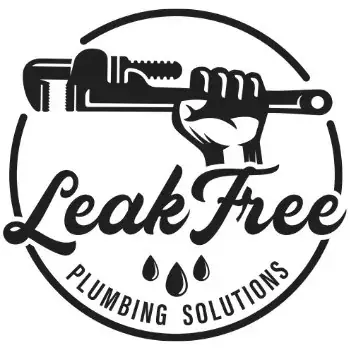How long do Flexi hoses last (and how often to check)
What is a flexi hose?
You will find a flexi, flexible, or often referred to as a braided hose under the sink in your kitchen or bathroom, they are a crucial plumbing pipe that provides a connection from the main water supply to toilets, sinks, and other various fixtures and appliances. Due to the important role they play in your plumbing system, they are made from a combination of materials, that include a rubber or plastic inner tube covered with a braided metal or nylon exterior. Flexi hoses are designed to provide flexibility and ease of installation, as often they are needed in tight and obscure areas where flexibility is the key. As a flexi hose is such an important part of our plumbing system, being proactive in maintenance and regular inspections are key to ensuring its longevity. Additionally, regular inspections will help prevent potential water damage and leaks in your plumbing system and property.
How Long Do Flexi Hoses Last?
The lifespan of flexi hoses can vary widely based on several factors, including the quality of the hose, the water quality in your area, the water pressure, and the frequency of use. On average,well-manufactured and properly installed flexi hoses can last anywhere from 5 to 10 years. However, some high-quality hoses might last even longer.
Factors Affecting Lifespan:
- Quality: Investing in higher-quality flexi hoses initially can lead to a longer lifespan. Cheaper hoses might be more susceptible to wear and tear.
- Water Quality: If your water supply contains corrosive elements or minerals, it can accelerate the deterioration of the inner rubber or plastic lining of the hose.
- Water Pressure: Excessive water pressure can lead to the hose weakening over time. Ensure that the water pressure in your plumbing system is within the recommended range.
- Temperature Changes: Extreme temperature fluctuations can cause the hose material to expand and contract, potentially leading to cracks or leaks.
- Frequency of Use: Flexi hoses that are frequently turned on and off might experience more stress and wear compared to those with less frequent use.
How often should you check Flexi Hoses?
Regular inspections of your flexi hoses are crucial to catch any signs of wear or potential leaks early. Here's a recommended inspection schedule:
- Monthly Visual Checks: Perform a quick visual inspection of all flexi hoses in your plumbing system every month. Look for any signs of bulging, cracking, fraying, or corrosion on the metal braiding.
- Bi-Annual Tightness Check: Twice a year, check the connections of the flexi hoses to ensure they are properly tightened. Use a wrench to gently tighten any loose connections.
- Annual Replacement Consideration: Even if hoses appear to be in good condition, consider replacing them after 5 to 10 years as a preventive measure. This can help avoid sudden failures.
Signs of wear and when to replace Flexi Hoses:
- Visible Damage: If you notice any cracks, bulges, fraying, or corrosion on the hose or its fittings, it's time to replace the hose.
- Leaking: If you detect even a minor leak, replace the hose immediately to prevent water damage.
- Age: If your hoses are approaching the 5 to 10-year mark, consider replacing them even if they appear to be in good condition.
- Reduced Water Flow: If the water flow from a fixture connected to a flexi hose is significantly reduced, it might indicate an obstruction or damage within the hose.

For all your plumbing questions or needs call Leak Free Plumbing Solutions on 0422 392 447 to speak to one of our licensed plumbers for professional advice and help. Alternatively you can complete our online enquiry form.